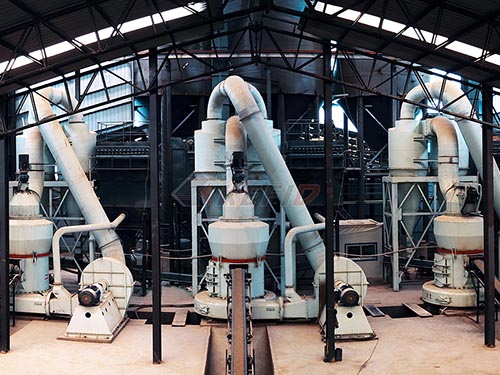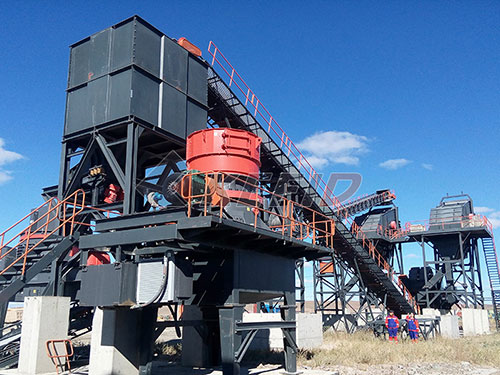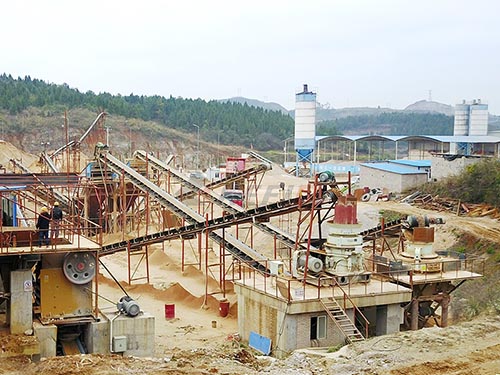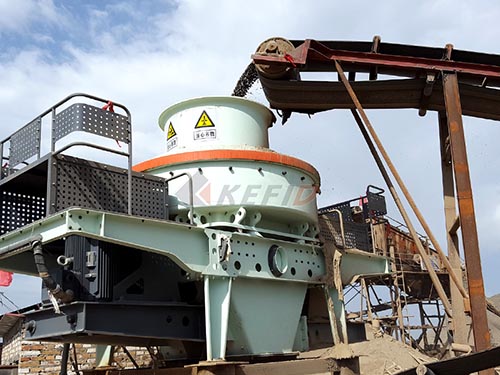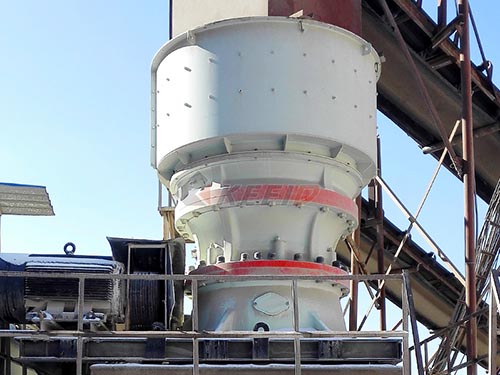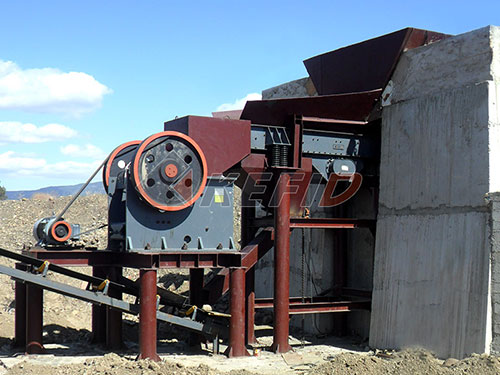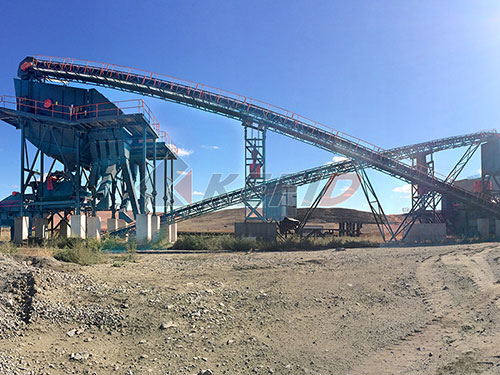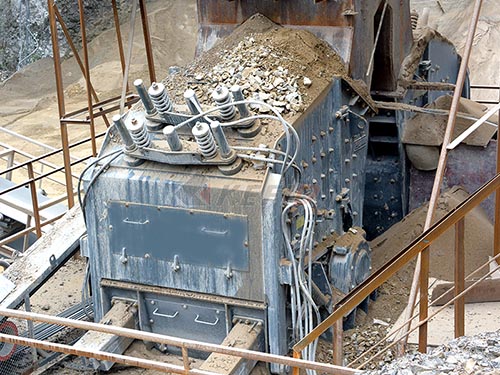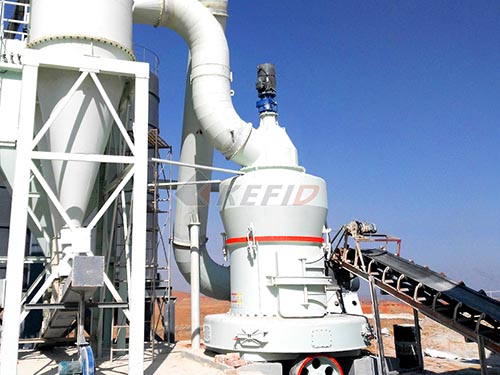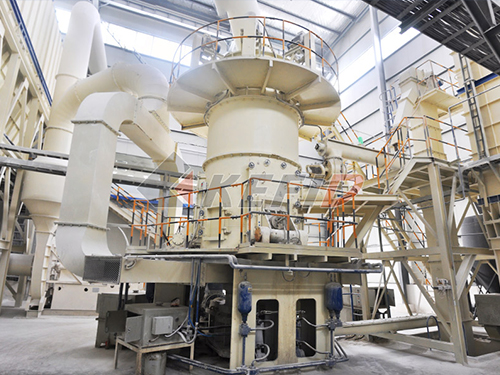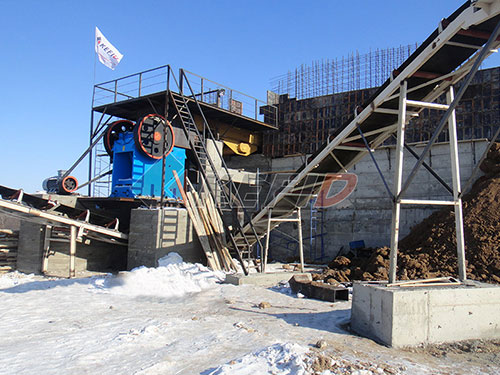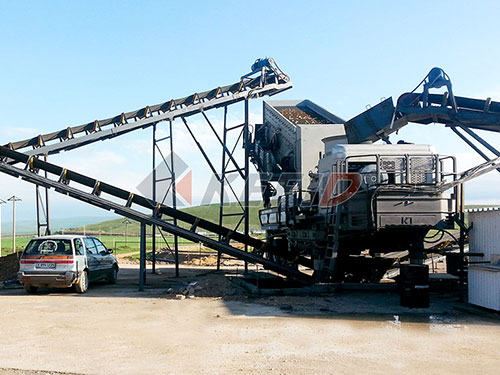The Smart Choice: Why Mini Stone Crushers Are Revolutionizing Small-Scale Projects in Indonesia
For contractors, small-scale miners, or construction startups across Indonesia’s diverse archipelago, finding efficient and affordable crushing solutions has often been a challenge. Enter the Mini Stone Crusher – a compact powerhouse transforming how smaller projects handle rock processing needs. Understanding the value proposition of “Jual Stone Crusher Mini” (Selling Mini Stone Crushers) is key for businesses seeking agility and cost-effectiveness.
Beyond Size: The Core Appeal of Mini Crushers
While their reduced footprint is immediately obvious, the advantages of mini stone crushers run much deeper:
1. Significant Cost Reduction: This is paramount.
Lower Initial Investment: Purchasing a mini crusher requires substantially less capital upfront compared to large stationary plants.
Reduced Operational Costs: Smaller engines consume less fuel (diesel or electric). Transportation costs plummet due to easier movement on standard trailers or trucks.

Minimal Site Preparation: Their compact size often eliminates the need for extensive foundation work or large land clearing.
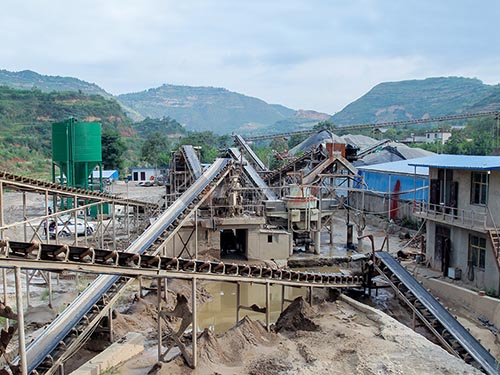
2. Unmatched Mobility & Flexibility:
On-Site Crushing: Process material directly where it’s excavated or demolished (e.g., building foundations). This slashes hauling costs for both raw material and finished aggregate.
Project Hopping: Easily move the crusher between different small job sites – perfect for contractors handling multiple projects like rural road repairs, small housing developments, or landscaping jobs.
Accessibility: Navigate tight spaces common in urban infill projects or remote locations where larger equipment simply cannot go.
3. Optimized Output for Targeted Needs: Don’t underestimate their capability.
Designed specifically for lower-volume requirements (e.g., 5-50 tons per hour), they perfectly match the scale of small construction jobs (driveways, pathways), brick/block production plants needing consistent aggregate sizes, recycling concrete debris from minor demolitions, or processing ore samples in artisanal mining.
Capable of producing essential aggregate sizes (e.g., base course materials ~1-3cm) crucial for many applications.
4. Simplified Operation & Maintenance:
Generally feature less complex mechanisms than massive industrial crushers.
Easier for smaller crews to operate and maintain with basic training.
Reduced downtime potential due to simpler designs and easier access for servicing.
Key


